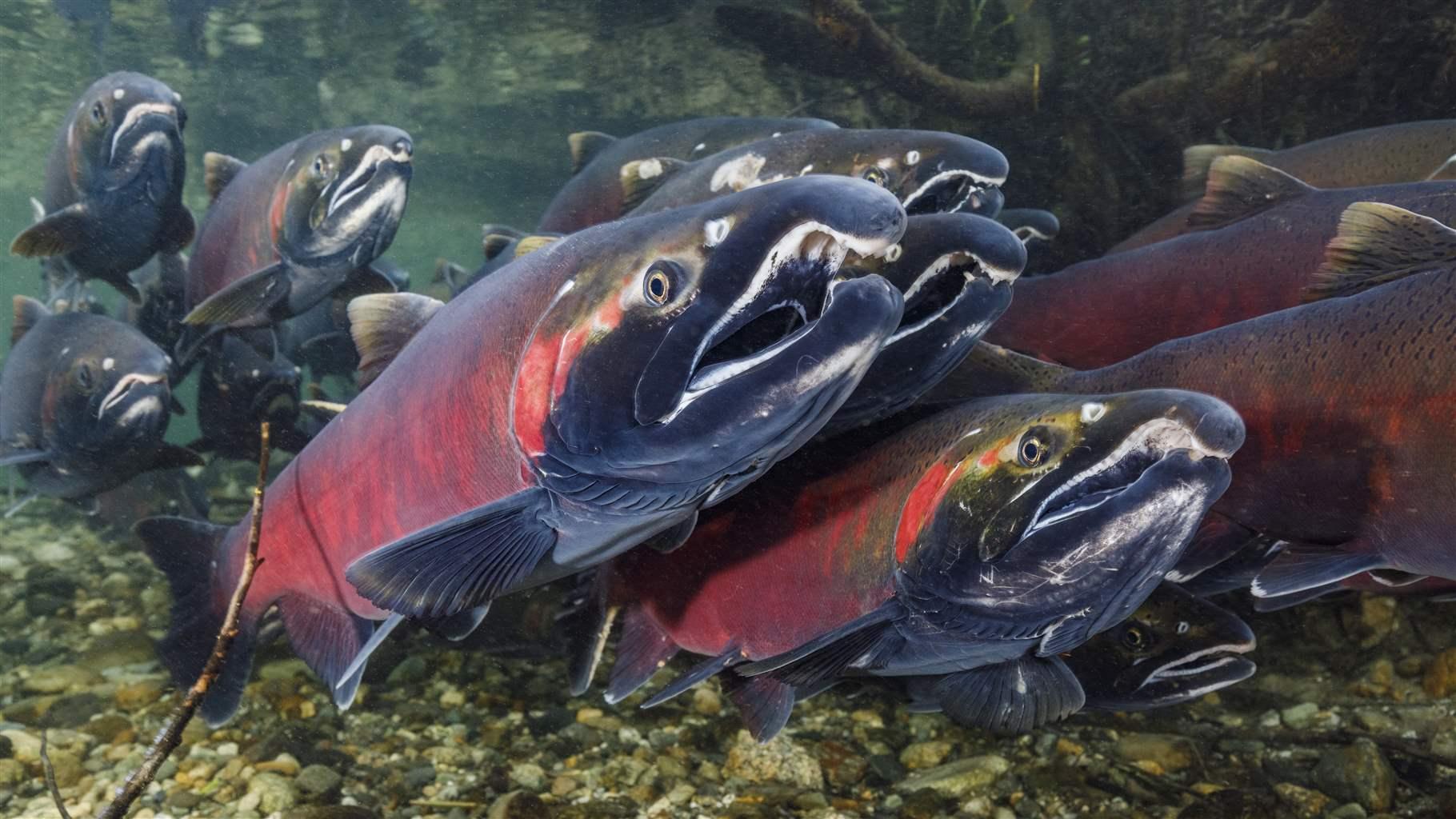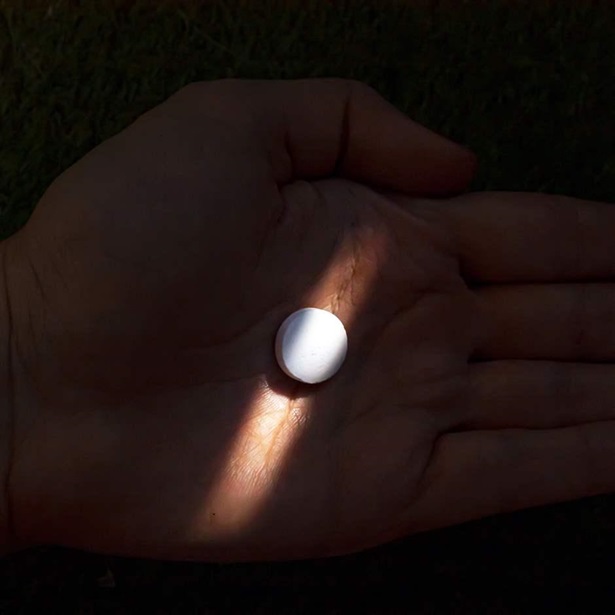New California Law Bars Seabed Mining in State Waters
Bipartisan measure safeguards wildlife habitat, coastal communities, and fishing and tourism industries

California’s marine waters are home to ecosystems that harbor as much biodiversity as tropical rainforests and provide food, shelter, and nursery habitat for a huge range of life, from forage fish to killer whales. And today the state’s ocean territory gained needed safeguards when Governor Gavin Newsom (D) signed the California Seabed Mining Prevention Act (AB 1832), which will protect roughly 2,500 square miles of ocean and nearshore waters from hard mineral extraction.
The bipartisan bill passed the Assembly and the Senate with a combined vote of 113-0.
California now joins Oregon and Washington as the only states prohibiting seabed mining. Together, the waters covered by these prohibitions form one of the largest marine areas in the world—more than 7,700 square miles—where seabed mining is explicitly and proactively banned through legislation. However, federal marine waters, which are found from 3 miles to 200 miles offshore, remain susceptible to harm given that mineral mining leases are available through the U.S. Department of the Interior.
Off California as in the rest of the world, the ocean faces a compounding array of stressors—from industrialization to climate change, ocean acidification, and other forces—that will increasingly challenge humankind’s ability to balance development and resource extraction with conservation and ensure thriving coastal and ocean-dependent communities. In this context, it is critical to identify and address emerging and future threats, including activities that might harm sensitive seafloor habitats that provide benefits to people and wildlife.
Although California state waters do not represent a marketable source for battery metals, which is the main justification that mining companies use for wanting to extract resources from the seafloor, industry interest may pivot to these waters for other minerals. Research on historical and possible future demand suggests that the most likely minerals of interest are phosphorites—used in industrial fertilizer and found in Southern California waters—as well as gold, titanium, and other precious and semiprecious metals present along the north coast. For example, in 1961 the federal government leased 30,000 acres on Forty-Mile Bank off San Diego for a prospective phosphorite mining operation, which ultimately failed to launch. And in 1981, the Department of the Interior finalized an environmental impact statement for a proposed mineral lease offering in the Gorda Ridge area offshore of Oregon and Northern California.
As industry interest in seabed mining has grown, so too has its opposition, internationally and along the U.S. West Coast, including in California. In 2020 and 2021, more than 40 groups provided written or verbal testimony to the California State Lands Commission supporting a seabed mining ban. And elsewhere around the globe, seabed mining proposals have been met with strong resistance, including from Tribal Nations and Indigenous peoples, marine scientists, and nongovernmental institutions, along with technology and car-manufacturing companies.
Scientists are warning that the ecological effects of seabed mining could be profound. That’s why today The Pew Charitable Trusts joins the Monterey Bay Aquarium, the Surfrider Foundation, and other California leaders and groups in applauding this bill. With this legislation, California is taking an important, science-based precautionary step to protect the health of our ocean and coast for this and future generations.
Jos Hill is a project director and Bobby Hayden is an associate manager with The Pew Charitable Trusts’ conserving marine life in the United States project.













